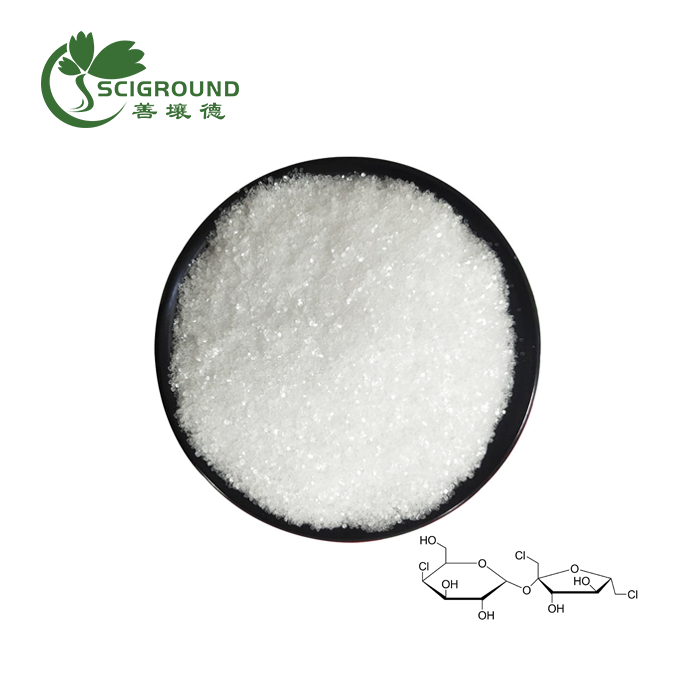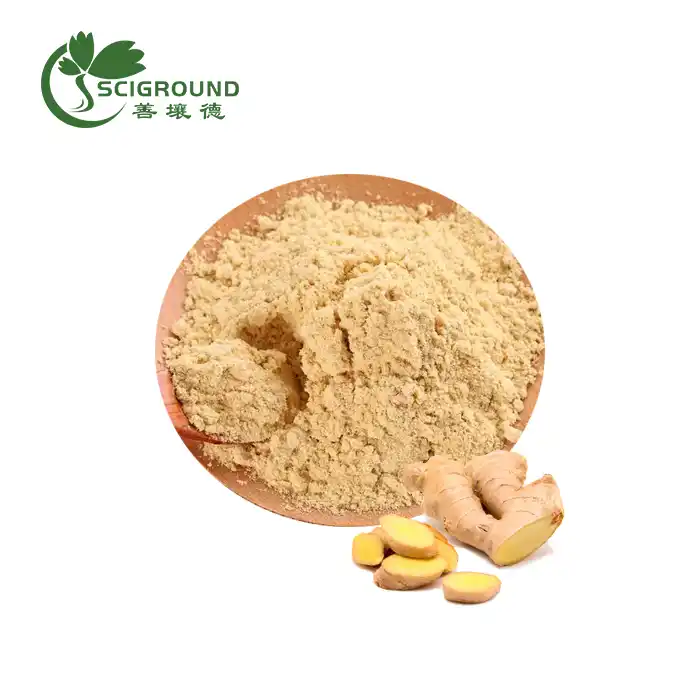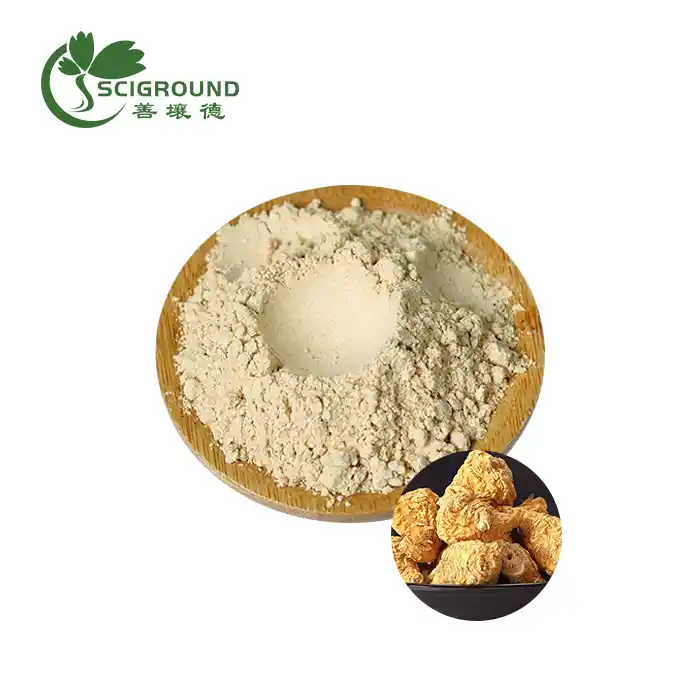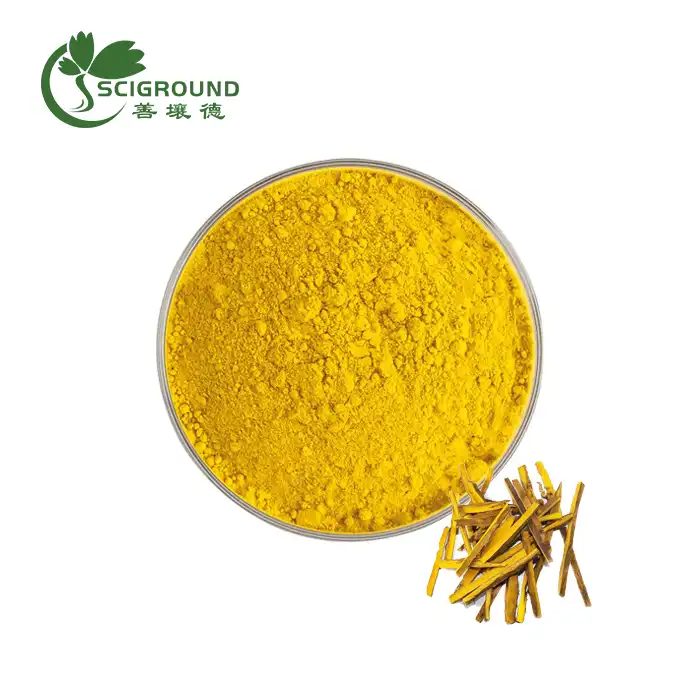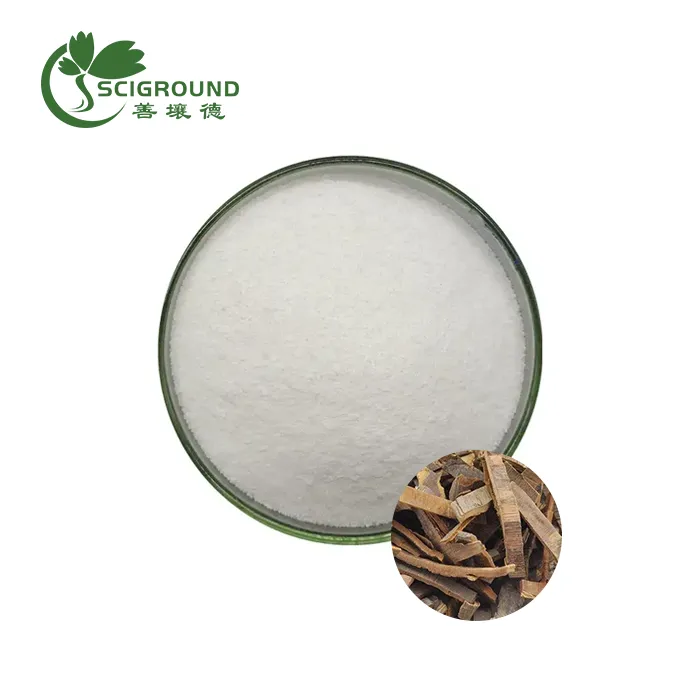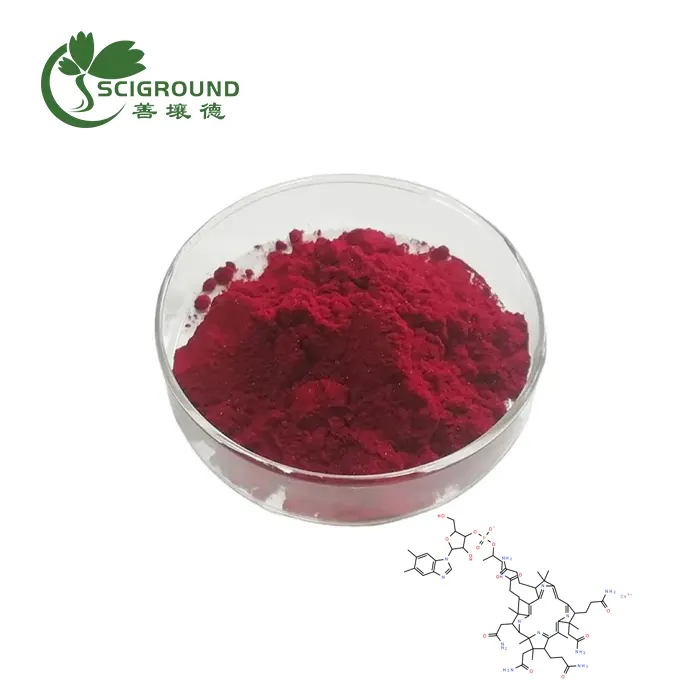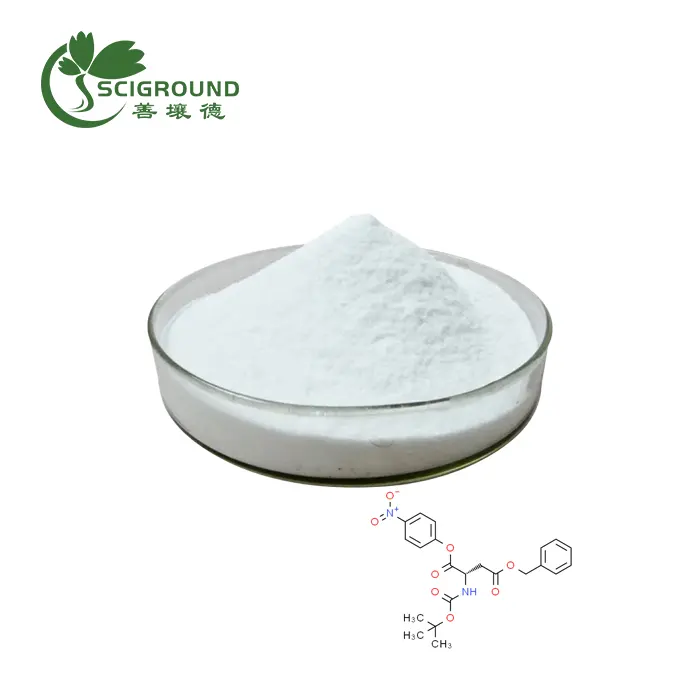What is acriflavine hydrochloride used for?
Acriflavine hydrochloride is a versatile compound with a rich history and diverse applications in various fields. This article explores its uses, benefits, and potential side effects, providing valuable insights for researchers, healthcare professionals, and curious readers alike.
What is Acriflavine Hydrochloride?
Acriflavine hydrochloride, also known as euflavine or trypaflavine, is an antiseptic dye belonging to the acridine family. It's a mixture of 3,6-diamino-10-methylacridine hydrochloride and 3,6-diaminoacridine hydrochloride. This orange to brown powder has been utilized for over a century in medical and scientific applications.
Historical Background
German scientist Paul Ehrlich first synthesized acriflavine in 1912. It gained prominence during World War I as an effective antiseptic for treating wounds and preventing infections. The compound's antibacterial properties made it a valuable tool in medicine before the advent of modern antibiotics.
Medical Applications of Acriflavine Hydrochloride
Topical Antiseptic
One of the primary uses of acriflavine hydrochloride is as a topical antiseptic. It's effective against a wide range of bacteria, fungi, and protozoa, making it valuable for treating:
- Contaminated wounds
- Suppurating (weeping) wounds
- Minor cuts and abrasions
- Skin infections
Antimicrobial Properties
Acriflavine hydrochloride's antimicrobial action stems from its ability to intercalate with DNA, disrupting cellular functions in microorganisms. This mechanism makes it effective against various pathogens, including some antibiotic-resistant strains.
Potential Antimalarial Applications
Recent research has explored acriflavine hydrochloride's potential as an antimalarial drug. Studies since 2014 have shown promising results in combating malaria parasites, offering hope for new treatment options in the fight against this global health threat.
Scientific and Research Applications
Fluorescent Labeling
In biochemistry, acriflavine hydrochloride serves as a fluorescent labeling agent for high molecular weight RNA. This property makes it valuable in various molecular biology techniques and studies involving nucleic acids.
Cell Biology Research
Acriflavine hydrochloride's ability to interact with DNA and cellular processes makes it a useful tool in cell biology research. It's employed in studies investigating:
- DNA intercalation mechanisms
- Cellular response to DNA damage
- Gene expression and regulation
Veterinary and Aquaculture Uses
Fish Treatment
Acriflavine hydrochloride has a long history of use in aquaculture and ornamental fish keeping. It's effective in treating and preventing various fish diseases, including:
- Columnaris infections
- Velvet and Ich parasitic infections
- Saprolegnia fungal infections
- Fin and egg rot
Fish Egg Disinfection
The compound is also used to disinfect fish eggs, helping to prevent the transmission of pathogens from parent to offspring in breeding operations.
Veterinary Antiseptic
In veterinary medicine, acriflavine hydrochloride is used as a topical antiseptic for treating wounds and skin infections in various animals, including dogs, cattle, and pigs.
Potential Side Effects and Precautions
While acriflavine hydrochloride is generally considered safe for topical use, it's essential to be aware of potential side effects and take necessary precautions:
Skin Irritation
Some individuals may experience skin irritation or allergic reactions when using acriflavine hydrochloride topically. It's advisable to perform a patch test before widespread application.
Staining
As a dye, acriflavine hydrochloride can stain skin, clothing, and other materials it comes into contact with. Care should be taken to avoid unintended staining.
Inhalation and Eye Contact
Acriflavine hydrochloride powder may be harmful if inhaled or if it comes into contact with the eyes. Proper protective equipment should be used when handling the compound in its powder form.
Ingestion
Ingestion of acriflavine hydrochloride may cause gastrointestinal irritation. It should not be taken internally without medical supervision.
Future Prospects and Ongoing Research
The versatility of acriflavine hydrochloride continues to attract scientific interest, with ongoing research exploring its potential in various fields:
Cancer Research
Studies have investigated acriflavine hydrochloride's potential as an anticancer agent, particularly its ability to inhibit hypoxia-inducible factor 1 (HIF-1) and its effects on cancer cell metabolism.
Antimicrobial Resistance
With the growing concern over antibiotic resistance, researchers are exploring acriflavine hydrochloride's potential in combating resistant microorganisms and developing new antimicrobial strategies.
Nanotechnology Applications
The compound's fluorescent properties and ability to interact with nucleic acids make it interesting for potential applications in nanotechnology and biosensing.
Conclusion
Acriflavine hydrochloride's multifaceted nature and long history of use make it a fascinating compound with diverse applications. From its origins as an antiseptic in wartime medicine to its current uses in research, veterinary care, and potential future applications, acriflavine hydrochloride continues to prove its value in various fields. As research progresses, we may yet discover new and innovative uses for this versatile compound, further expanding its already impressive repertoire of applications.
For more information about acriflavine hydrochloride and other high-quality plant extract powders, please contact Shaanxi SCIGROUND at info@scigroundbio.com. Our team of experts is ready to assist you with any questions or inquiries you may have.
References
- Ehrlich, P., & Benda, L. (1913). Über die Wirkung von Acridin‐Farbstoffen auf Trypanosomen. Berliner klinische Wochenschrift, 50, 233-236.
- Wainwright, M. (2001). Acridine—a neglected antibacterial chromophore. Journal of Antimicrobial Chemotherapy, 47(1), 1-13.
- Lee, K., Zhang, H., Qian, D. Z., Rey, S., Liu, J. O., & Semenza, G. L. (2009). Acriflavine inhibits HIF-1 dimerization, tumor growth, and vascularization. Proceedings of the National Academy of Sciences, 106(42), 17910-17915.
- Raval, R. R., Lau, K. W., Tran, M. G., Sowter, H. M., Mandriota, S. J., Li, J. L., ... & Ratcliffe, P. J. (2005). Contrasting properties of hypoxia-inducible factor 1 (HIF-1) and HIF-2 in von Hippel-Lindau-associated renal cell carcinoma. Molecular and cellular biology, 25(13), 5675-5686.
- Spence, J. M., & Georgopoulos, L. J. (2011). Acriflavine: A novel fluorescent probe for measuring mitochondrial membrane potential. Biochemical and biophysical research communications, 411(4), 732-736.
- Kawai, K., Nagata, N., & Ito, M. (1984). The effect of acriflavine on the mitochondrial respiratory system of Saccharomyces cerevisiae. Journal of Antibiotics, 37(4), 422-425.
Related Industry Knowledge
- What happens to your body when you take lysine?
- Is it good to take Vitamin E Everyday?
- Does Passion Flower Extract Make You Sleepy
- What Do Persimmons Taste Like?
- How to Use Pumpkin Seed Protein Powder
- What is Puerarin
- Apple Extract Powder: A Natural and Healthy Sweetener
- Is Persimmon Extract Powder the Key to Unlocking Health Benefits and Uses?
- Does bell pepper have capsaicin?
- Is Ginkgo biloba safe to take daily?
